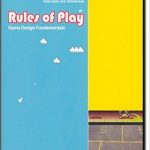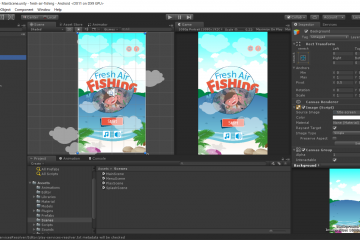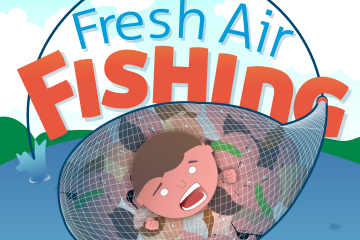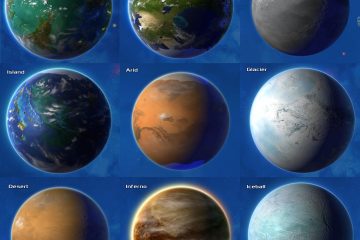The initial part of creating a game is the planning. I could skip over this part and go straight into the development, but I’d end up with a directionless game design with only a basic flesh out of ideas. A lot of my game design in the past has included a very minor amount of planning on my part and at the end of the months of development I ended with something I wasn’t impressed with and didn’t want to release to the wider world.
So with that in mind I embark on the section that is often overlooked in these development blogs. How I go about planning the development on ‘Survival Not Guaranteed’.
As I said previously, this game was destined to be a casual mobile game with a simple move to the end of the level mechanic, but there is so much more that could be done with this.

The direction that your game will take all starts from the beginning of the development journey. You decide what is going to happen in the game, how the interactions will occur, backstories for characters, even your ideas how the game will look and feel through sketches and designs. This information is what will help you structure your game and keep things in mind – we are all human (unless A.I. has arisen, then all hail our magnanimous overlords), and if we don’t write things down they will inevitably be forgotten.
This is where the game design document comes into play.
Luckily, there are many, many, many tools that are now available to help you plan your projects, be it a plan for a kids birthday or a plan for the next Facebook or Google. Here are some of the tools I have used to create the plan, which then gets converted into my game design document.
Trello is currently where all my base work is going and I have all the features I require the game to have by the time I want to release this game as an alpha/beta, and I can see more being added over time to expand on the base set of features that the game has.
There are of course others tools that I could use, I did learn about HacknPlan (https://www.hacknplan.com) recently that can be used in a similar way to Trello, but has a few more features that is of use to a game design or really any project. VersionOne is also an agile development planning system (https://www.versionone.com/) that could be used, but I think HacknPlan will be my goto for ‘Survival Not Guaranteed’.
Now that I’ve written all of that, you are probably wondering what I’ve actually done (if anything) and the majority of my planning has been in deciding on the features for the game. So I present the overview of my current Trello board, nothing too exciting but it does have my initial direction.
- Objective
- Capsule and Camera
- Universe Generation
- Plantary Systems
- Asteroids
- Physics
- Scanner
Next week I’ll begin on some of the actual development and we should start to see some thing actually happening.
I’ll leave you with a thought from one of my favourite game designers, and a direction I am trying to take with this game design.
Until next week.



